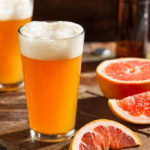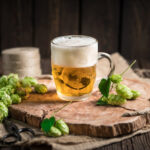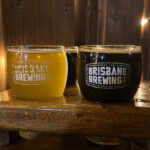Distilling spirits has deep roots in history, stretching over to the 17th century when it is believed that it first started in a form we might be able to recognise today. Consumption of alcoholic beverages, however, is millions of years old, so it’s natural for us to find distilling our own beers and spirits at home and making unique combinations of flavours an interesting and fulfilling hobby!
Sure, you can buy all kinds of special, one-of-a-kind alcohol today, but the feeling you get when actually making your own thing is just amazing! It can’t be compared to something store-bought, no matter how good and respected the beverage is!
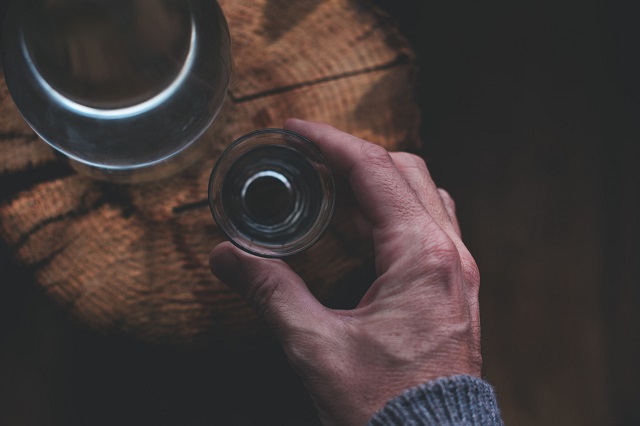 Source: infusionspiral.com
Source: infusionspiral.com
To start distilling your very own spirits at home, you’ll need some equipment, some additional starting supplies, consumables, and of course – homebrew spirit recipes. Trying out different recipes is the most fun part of the whole thing as they are the ones offering you unique tastes and variations! You can find ready-made kits for homebrew spirit recipes or experiment with making your own from scratch. But if you’re a beginner, a recipe kit is usually a better way to start learning the process.
But, let’s not get ahead of ourselves! We’re going to start from the very beginning!
Homebrewing Equipment for Beginners
Before you start thinking about equipment, you need to make sure you have a proper area in which you’ll position all the supplies and actually brew the spirits! This room needs to be big enough, have a somewhat constant temperature and it needs to be very clean.
Once you’ve chosen your space, it’s time to think of equipment! To begin with, you’ll need a fermenter, a condenser (preferably copper), you’ll need a proper waterflow set with which you’ll control and adapt, well, the water flow, a boiler, for which steel is the preferred material, and a carbon filter system. All this might sound like a list of school supplies straight out of Hogwarts School of Witchcraft and Wizardry, but this just makes it that much cooler!
The materials mentioned here a pretty standard, but always make sure you buy your equipment from trusted vendors so you can be absolutely certain you’re getting exactly what you’re promised. Distilling is fun, but it can also be dangerous when not done properly!
Next up, you’ll need some smaller things. A hydrometer, which you’ll use to test the fermentation, and an alcometer to test your distilled alcohol. You’ll need a measuring jug to make sure everything you’re adding is in the proper quantities and a nice, long mixing paddle.
As we mentioned, you’ll need to keep all of this equipment clean, inside and out. For this, you’ll need something called a “no-rinse sanitiser“. This type of sanitiser isn’t like the ordinary ones used for other purposes.
It’s specifically made for brewing and it prevents any harmful bacteria to enter your concoctions and mess them up. The great thing is that you don’t have to rinse it, so you can just soak your equipment and then immediately use it for brewing!
The easiest way to get all of these things is by buying a brewing kit for beginners!
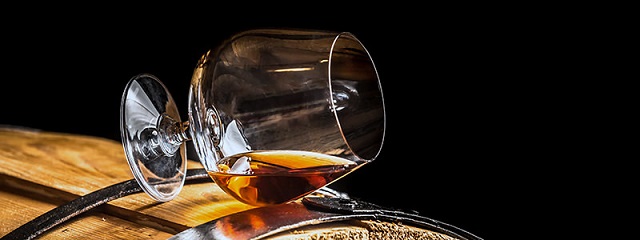 Source: vinepair.com
Source: vinepair.com
Pick the Consumables According to What You Want to Brew
Once you get all your equipment and have set it up according to the instructions, you’ll need consumables to actually start brewing anything!
Your consumables will depend on what you’re trying to brew. Once you’ve distilled your alcohol and have checked that everything is up to par, you’ll need an essence to transform it into the drink of your choice.
Essences can freely be thought of as flavourings. What would usually be a boring, plain-tasting beverage can now be turned into a tasty whiskey. rum, gin, tequila, or anything else you’d like to! Essences, as the name suggests, are highly concentrated, so you’ll need to mind the ratios.
Before you get to the essence, though, you’ll need the items that will actually make your base. Besides water, you’ll start with yeast and carbon for fermentation purposes. You’ll also need sugar, though something like a glucose powder is much better as it’s considered “brewing sugar”. Then you’ll need a solution for clearing the mixture to make sure you get a nice, smooth, clear liquid to work with.
The final product of this process is referred to as “wash”. It doesn’t have a taste but will contain a certain amount of alcohol. After this, you’ll need to go through a process through which you’ll extract alcohol from the wash that will have a higher percentage and then, it’s time for the essences!
All the consumables you’ll be using will have instructions on how to use them, so don’t worry, we’re sure you’ll get the hang of it in no time!
 Source: 1zoom.me
Source: 1zoom.me
The Right Spirit Recipes Guarantee Success!
Finally, we’ve come to the recipes! Homebrew spirit recipes allow you to come up with your very own liquors that can be similar or nothing like any store-bought liquors available!
You can buy ready-made spirit recipes to create replicas of popular drinks you love. Stuff like Jim Beam, Jack Daniels, or Captain Morgan can be brewed right in your home, at the fraction of the price! It’s not just whiskey though, you can make gin or sherry or vodka – the choice is yours! Look around at what’s available and take your pick!
Recipes usually come with clear instructions and everything you might need to make your desired drink. Use the spirit you already have and add the recipe ingredients. Soon enough, you’ll end up with quite the amount of homebrewed beverage you can be proud of! You can even use your newfound talent and create gift sets to surprise your friends. Small gin gift sets are quite the rage around the holidays.
Once you get the hang of the whole thing you can move away from ready-made spirit recipes and start creating your very own blends, but until then, it’s quite a good idea to stick to them! They are your door to the vast world of homebrewing!
Remember that no matter what kind of recipe you choose, it will require time to make, so don’t get overenthusiastic and expect an instant drink! Homebrewing is all about patience and creativity! After all, everything good is worth waiting for, right?


